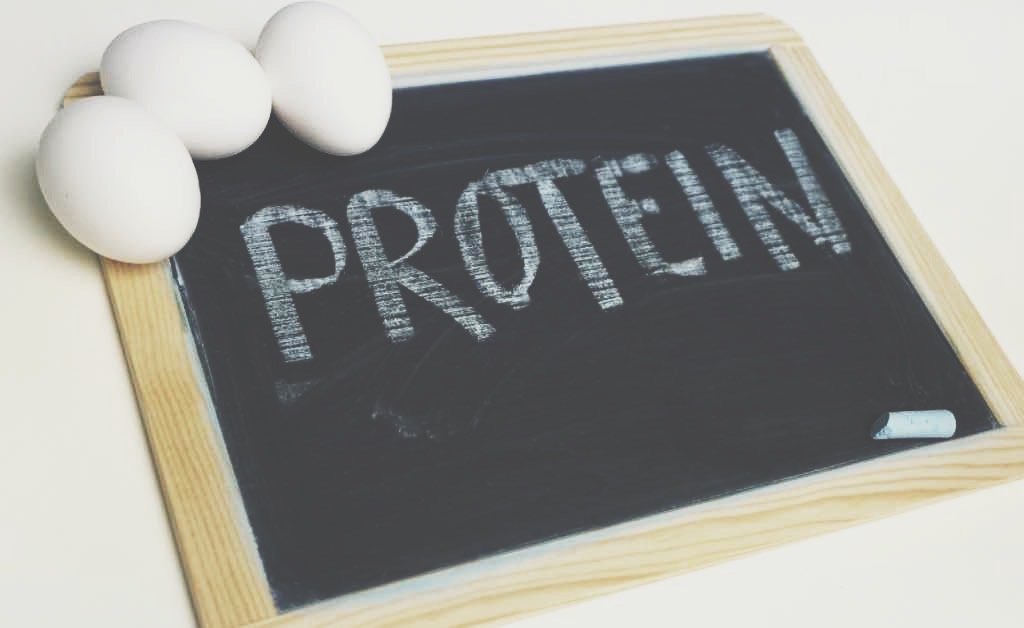Protein is the foundation of a healthy body and is critical for maintaining and repairing a variety of bodily functions. Without enough protein in your diet, you may experience muscle weakness, fatigue, and even a weakened immune system. However, getting enough protein can be a challenge, especially if you’re on a tight budget or struggle with finding protein-rich meals that are both delicious and satisfying.
Thankfully, there are some tried-and-true hacks for increasing your protein intake without feeling like you’re sacrificing taste or breaking the bank. Whether you’re a fitness enthusiast looking to build muscle or just trying to maintain a healthy lifestyle, the following tips and tricks will help you effortlessly meet your daily protein needs. So, let’s dive in and discover some of the best hacks to eat more protein, shall we?
How much protein do you need?
Before we jump into how it’s wise to take a look at protein needs objectively.
The recommended dietary allowance (RDA) for protein is 0.8 grams per kilogram of body weight per day. This means that an average adult needs about 50 grams of protein per day. However, this amount may vary depending on your age, activity level, health goals, and individual needs.
Some experts suggest that eating more than the RDA for protein may offer additional benefits for muscle growth, strength, recovery, and overall health. For example, some studies suggest that eating 1.2 to 1.6 grams of protein per kilogram of body weight per day may be optimal for older adults who want to prevent muscle loss and improve their physical function.
Other studies suggest that eating 1.6 to 2.2 grams of protein per kilogram of body weight per day may be ideal for athletes and people who want to gain muscle mass or lose fat. However, eating too much protein may have some drawbacks as well, such as an increased risk of kidney stones or dehydration.
Therefore, it is important to consult with your doctor or dietitian before increasing your protein intake significantly above the RDA.
What are the best hacks to increase your protein intake?
There are many ways to increase your protein intake without spending too much money or time on preparing your meals. If you are going to take advantage of our intense workouts like the Back and Biceps Superset Workout, I highly suggest you pay close attention. Here are some of the best hacks to eat more protein:
Eat your protein first
When eating a meal, start with the protein source first before moving on to other foods like starches or vegetables. This way, you will ensure that you get enough protein at each meal and also feel fuller and more satisfied afterward.
Protein stimulates the production of a hormone called peptide YY (PYY), which signals to your brain that you are full. Protein also reduces the levels of ghrelin, the hormone that makes you hungry. Moreover, protein boosts your metabolism by increasing the thermic effect of food (TEF), which is the amount of calories burned during digestion.
Eating your protein first can also help regulate your blood sugar and insulin levels after a meal,
especially if you have diabetes or prediabetes. This can prevent spikes and crashes in your energy levels and mood.
Some examples of high-protein foods that you can eat first at each meal include eggs, chicken breast, fish, tofu, cheese, yogurt, nuts, seeds, or beans.
Snack on cheese
Cheese is one of the most convenient and delicious snacks that you can enjoy between meals.
It is rich in protein and calcium and may even benefit your heart health by lowering blood pressure and cholesterol levels.
One ounce (28 grams) of cheddar cheese provides about 7 grams of protein along with 113 calories. You can pair cheese with whole-grain crackers, fruits, or vegetables for a balanced snack. Or you can simply grab a cheese stick when you need a quick boost of energy and hunger relief.
Replace cereal with eggs
Many breakfast foods are low in protein and high in refined carbohydrates that can spike your blood sugar and leave you hungry soon after. For example, a typical serving size (one cup)
of plain corn flakes cereal provides only 2 grams of protein along with 101 calories.
On the other hand, eggs are one of the best sources of complete proteins that contain all nine essential amino acids that your body cannot make on its own. Three large eggs provide about 19 grams of high-quality proteins along with important nutrients like selenium and choline.
You can cook eggs in various ways such as scrambled, boiled, poached, or baked. You can also add vegetables like spinach, tomatoes, or mushrooms to increase the fiber and antioxidant content of your breakfast. Alternatively, you can make an omelet or a frittata with cheese and herbs for extra flavor and texture.
Add beans to anything
Beans are another great source of plant-based protein that are also rich in fiber, iron, folate, potassium, and antioxidants. One cup (240 grams) of cooked beans provides about 15 grams of protein and nearly half of the DV for fiber.
Beans are very versatile and can be added to many dishes such as salads, soups, stews, chilis,
curries, or pastas. You can also use beans to make dips like hummus or spreads like bean pâté. Or you can simply enjoy them as a side dish with some spices and herbs for extra flavor.
Choose quinoa over rice or pasta
Quinoa is a seed that is often mistaken for a grain because it looks similar to rice or couscous. However, quinoa has some advantages over these common staples when it comes to nutrition. Quinoa is one of the few plant foods that are considered complete proteins because it contains all nine essential amino acids. One cup (185 grams) of cooked
Conclusion
In conclusion, incorporating enough protein in our diet is essential to maintaining and repairing our bodily functions. However, finding protein-rich meals that are both delicious and satisfying can be a challenge. Fortunately, there are several simple and effective hacks that we can use to meet our daily protein needs.
By eating protein first, snacking on cheese, replacing cereal with eggs, adding beans to anything, and choosing quinoa over rice or pasta, we can easily incorporate more protein into our meals. However, it is important to keep in mind that individual protein needs vary depending on factors such as age, activity level, and health goals. Consulting with a doctor or dietitian is recommended before significantly increasing protein intake above the recommended dietary allowance. With these tips, we hope that our readers feel empowered to reach their fitness goals and maintain a healthy lifestyle by incorporating more protein into their diet.









